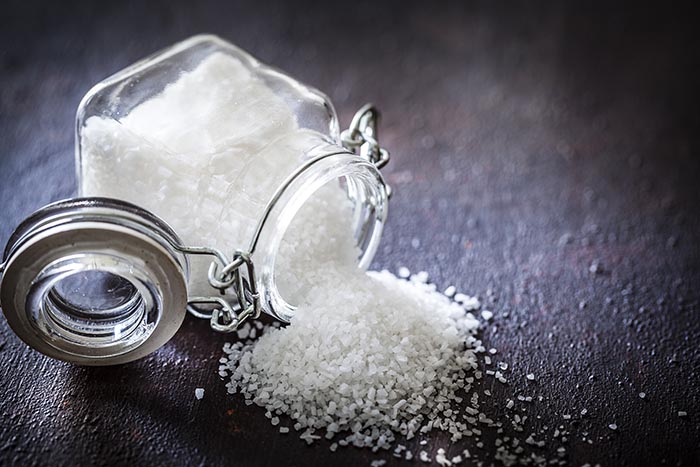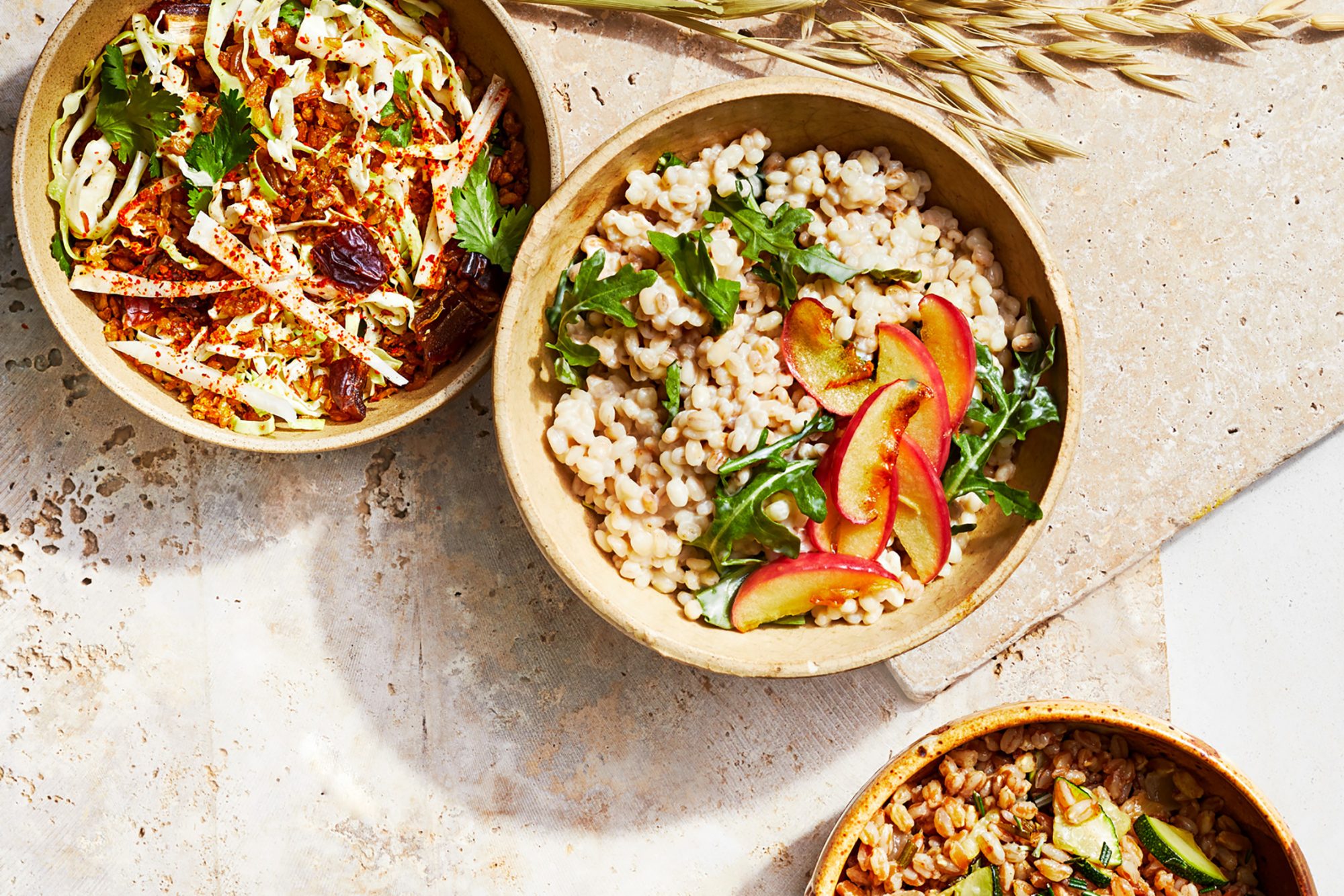
Healthy eating resources can be difficult to find. The resources available may be in print or online versions, but they are usually not easy to use. The availability of healthy eating resources can also depend on factors such as your lifestyle, budget, and location of grocery stores. There are many resources that can help guide you to make informed decisions. Here are some sites that may be of assistance: Canadian Food Guide, 2. EatRight, 3. Canada's Food Guide 4. 811HealthLine
MyPlate provides the Dietary Guidelines for Americans. It is helpful for moms-to-be and nursing mothers. There are also links on the Nutrition Education and Training Materials for healthy eating. These include "Eat Healthy Every Day," "Reduce Your Risk of Cardiovascular Disease" and "Manage Your Food Resources Wisely." You can also use a food thermometer to ensure the healthiest foods.

We Can! initiative. The program works with families and communities to raise awareness about nutrition and promote healthy food choices. This website provides tips and information on "Go Foods" as well as "Slow Foods" as well as information about the health benefits of choosing healthier foods. These resources are great for newsletters and print publications. These resources also provide tips for food safety and portion sizes, as well as teaching children about healthy eating. The American Diabetes Association's website has more information.
The Healthy Eating Toolkit is an excellent resource for nutrition professionals, including dietitians and community educators. It will show you how and what to look for in a nutrition label. This booklet contains helpful tips for cooking meals for children and families on a budget. The U.S. Department of Agriculture sponsors the Eat Smart - Eat Smart program. This website contains a wide variety of healthy cooking recipes, all very affordable.
Many of our resources for healthy eating were created for health professionals. The DHDSP site offers resources and information for all health conditions. This site offers recipes and tips on how to prepare meals. The site also contains resources for the NIA’s online library. You can also find many great resources from the NIA to promote healthy eating in your local community. These resources can be shared with your patients, so make sure they know about the heart-healthy diet.

We Can! This chart is also helpful for parents who want their children to eat healthy lunches. It can be confusing to find the right lunch items for your child, especially since most packaged foods contain nutrition information labels. Use the We Can! The We Can! nutrition chart will help you make the best decision for your family. A nutrition chart will show you which foods are healthy for you and which are not. You can create a delicious lunch for your children by deciding which foods are best.
FAQ
Can I eat fruit while on intermittent fasting
Fruits are great for your health. They are full of vitamins, minerals as well as fiber, antioxidants and other nutrients. However, they also contain sugar which can cause blood glucose levels to spike. This can lead to insulin resistance, weight gain, and even diabetes. You can lose weight by following an IF diet. Make sure to eat low glycemic fruits like apples, pears and berries.
What's the difference between intermittent fasting versus calorie restriction
Calorie restriction refers to eating less than what your body requires. Intermittent Fasting is different in that it doesn't restrict calories. Intermittent fasting focuses more on eating fewer calories every day.
Intermittent fasting works better because it allows for you to enjoy your favorite foods without feeling guilty.
Both methods have their advantages and disadvantages. It is up to you to decide which method you prefer.
Why lose weight when you are 40 years old?
For people over 40, maintaining good health and fitness are essential. It is essential to find ways to stay fit throughout one's life. This includes regular exercise, eating well, not smoking, and drinking moderate alcohol.
It is important to recognize that our bodies change as we age. Our bones weaken and our muscles shrink. We can slow down the aging process by taking care of ourselves.
Staying healthy and fit throughout your life is a great way to keep yourself young. These benefits include:
-
Better sleep
-
Improved moods
-
Enhanced energy levels
-
Lower chance of developing cancer
-
A longer life
-
More independence
-
Better sex
-
Greater memory
-
Improved concentration
-
Improved circulation
-
Stronger immune system
-
Less pain and aches
Statistics
- One study in 9 active men found that HIIT burned 25–30% more calories per minute than other types of exercises, including weight training, cycling, and running on a treadmill (18Trusted Source (healthline.com)
- According to Harvard Health, it's estimated that a 155-pound (70-kg) person burns around 167 calories per 30 minutes of walking at a moderate pace of 4 mph (6.4 km/h) (5). (healthline.com)
- Among women, the increase in metabolic rate was nearly 4%, or 50 more calories per day (14Trusted Source (healthline.com)
- According to a study sponsored by the American Council on Exercise, a person weighing around 140 pounds (64 kg) would burn 108 calories at a 30-minute beginner's Pilates class or 168 calories at an advanced class of the same duration (26). (healthline.com)
External Links
How To
How to quickly lose belly weight?
You need to realize that losing belly fat can be difficult. It takes effort and dedication. However, these tips will ensure you see results.
-
Healthy Food It is vital to eat healthy food. Healthy food includes fruits, vegetables, whole grains and lean proteins.
-
Drink Water. Water keeps you hydrated and makes you feel fuller for longer periods. Drink plenty of water each day.
-
Cardio Exercises. Cardio exercises can help you lose more calories and increase muscle mass. They also improve your heart health and boost metabolism. Cardio exercise should be done for 30 minutes each day.
-
Get enough rest. Sleep is crucial for maintaining good health. A lack of sleep can lead anxiety and stress that can then be exacerbated by unhealthy habits like smoking and drinking.
-
Reduce stress levels. Stress can have a negative impact on our brain chemistry, and hormone levels. Stress causes cortisol to be released by the body, which is a hormone that can increase hunger pangs, and cause cravings for high calorie foods.
-
Take Regular Breaks. You should take regular breaks throughout your day. Get outside to take a walk, or take some time to rest. Doing so will give your mind and body the time they need to unwind and recover.
-
Avoid Alcohol Consumption. Avoid alcohol consumption. It is high in empty calories and slows down your digestion. Alcohol should be avoided if you're looking to lose belly-fat.
-
Have fun